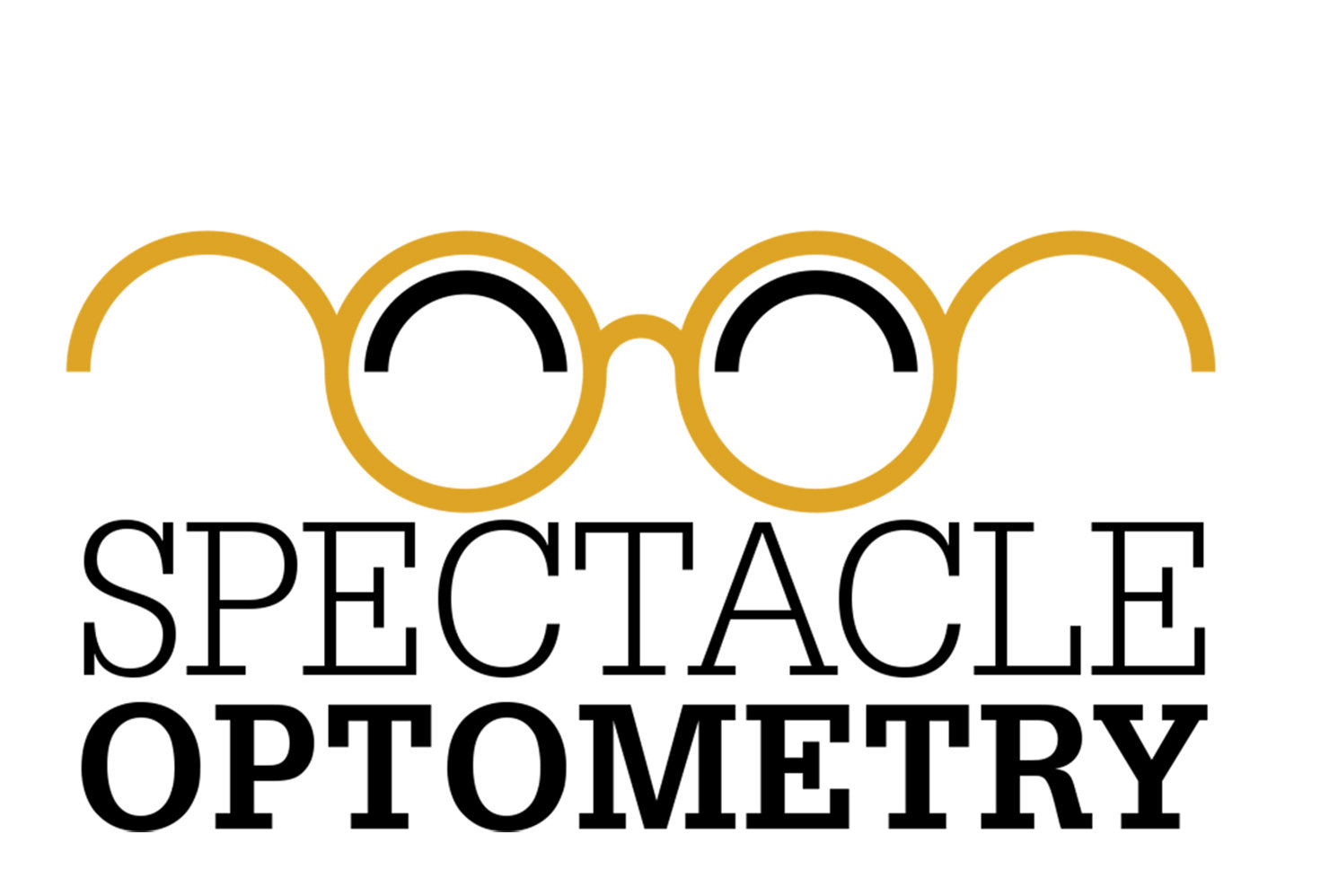LIGHT AT THE END OF THE TUNNEL VISION
Glaucoma is a strange word that most people have heard of, but have no idea what it actually means. January is Glaucoma Awareness Month, so we want to take the time to set the record straight on all things Glaucoma. We’ll explain more about what Glaucoma is, how do you get it, and what can we do to fix it.
Image from Columbus Ophthalmology Associates
What is it?
Glaucoma is a disease that takes away your peripheral vision slowly. It is so gradual that often your optometrist or ophthalmologist will have to tell you it is happening prior to you noticing any changes to your vision or eyes whatsoever. It can be a complicated process with lots of moving parts and often difficult to fully understand. There are also numerous types of Glaucoma, with the most common called Primary Open Angle Glaucoma, which we will focus on today. We like to explain this form of Glaucoma in as simple as terms as we can… Everyone has a drainage system that constantly moves fluid from the front to the back of your eye and vice versa. The fluid travels through what we call the angle of the eye. Sometimes this fluid gets backed up putting more pressure on the angle and the eye as a whole. When this happens, we see damage to the back of the eye, called the optic nerve. The optic nerve is essentially a hole or opening to connect your blood vessels and nerves from your eye to your brain. When it gets damaged, it causes the hole to open wider and deeper that is irreversible. However, each time it does this, it takes away the correlated amount of our side vision, which is also irreversible. The more damage is done to the optic nerve without interference, the more peripheral vision we lose causing tunnel vision where all you see is a small spot in your central vision. As you can see, it is a very serious condition that needs to be monitored and caught early so no permanent vision damage occurs!
Image from the American Optometric Association
Who is at risk to develop Glaucoma?
There are several different factors that can put you at an increased risk to develop Glaucoma. These include high nearsighted prescriptions, eye injuries or surgeries, diabetes, high blood pressure, the use of corticosteroids in an eye drop, pill, inhaler or cream, as well as age, race and genetics. Studies have shown that patients over the age of 60, African Americans over the age of 40, or those with a family history of Glaucoma may be the most at risk to develop the disease. These factors show that it is extremely important to be evaluated yearly, and let your eye doctor know if you have a family history of Glaucoma. At Spectacle, we take extra care with each and every patient by evaluating your eye pressure more accurately (no air puff here though!), side vision with our automated test, and optic nerve appearance with our optos retinal photo.
Image from Morristown Ophthalmology Associates
How can you treat Glaucoma?
So maybe you or someone you know is a Glaucoma suspect or has already been diagnosed with this sight-threatening disease, what now? Well, there is definitely light at the end of this tunnel vision! If discovered at an early stage, glaucoma can be stopped in it’s tracks through many different options. Most commonly, the first line of defense is eye drops. There are several different types of drops that can be prescribed to attack different areas of Glaucoma to slow or stop the progression. When drops are not the answer or not showing the results we want, we often move to more dramatic approaches. We have many options in this area as well, but we want to focus on the newest technology here today. The latest and greatest in Glaucoma currently is the iStent. This is a procedure where a tiny titanium implant (the world’s smallest medical implant in fact!) is placed into the meshwork of the angle. It creates an opening where fluid can bypass the damaged drainage system and allow continuous flow of fluid to resume. This procedure is combined with cataract surgery to lower the eye pressure even more, allowing for up to 67% of patients to cease all other Glaucoma treatment after a successful surgery!
Although Glaucoma is a serious condition that can permanently take away side vision, we have amazing advances in the treatment options now. However, your annual eye exams are still your greatest treatment option in order to catch the disease before any damage occurs. Be sure to schedule your annual exam today at Spectacle so we can get you all checked out!






